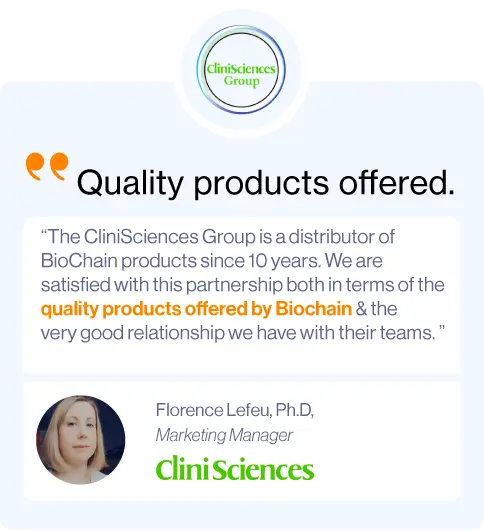Please provide your information below and one of our team’s experts will contact you about our large inventory of tissue arrays.
Features
BioChain’s frozen tissue array has been meticulously selected and identified by our board licensed pathologist. Our samples are IRB-approved and retrieved from consented donors. These arrays make an ideal screening tool, prior to deeper analysis of just the most relevant tissue and tumor types. Feel free to view our digitally scanned slides on the product pages below!








